


 |
 |
 |
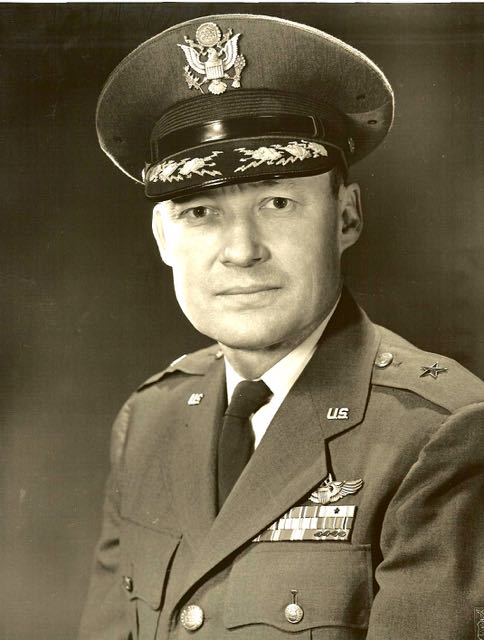
Jack A Gibbs was born in 1912 in Canton, Ohio, but was raised in Roseburg, Oregon. He graduated from Oregon State College in 1936 with a BS in Mechanical Engineering with a specialty in Aeronautics. Also, in 1936 he was awarded the prestigious W.E. Boeing Scholarship to attend The Boeing School of Aeronautics obtaining a multi-engine transport license in 1937. Rather than joining United Air Lines, he accepted a regular commission in the US Army Corps of Engineers with an assignment to Fort Lawton, Washington.
In 1938 he applied for US Army Air Corps flight school and graduated in the Class of 39-B. He then spent several years at Wheeler Field flying the A-12, P-12, P-36, P-39 and P-40 aircraft. In addition to his flying with the 18th Pursuit Group and the 78th Fighter Squadron, he served in engineering duty becoming base engineering officer prior to the war and promoted to Captain in July 1941. He was the incoming Officer of the Day at Wheeler Field during the bombing of Pearl Harbor reporting to the flight line just after the first wave of the attack.
After the war broke out, he was promoted to Major and assigned to Mitchel Field NY in May of 1942. There he served as an Executive Officer in the 1st Air Force and as Base Operations Officer. His principal duty was training new pilots in the P-40 prior to deployment to the war zones. While at Mitchel Field he flew the P-40, P-47, P-38, A-36 and flew reconnaissance missions searching for German U-boats. In early 1943 while preparing to deploy to Africa in P-40‘s, he received orders to The Pentagon because of his engineering background.
From 1943 until the end of the war he remained in The Pentagon except for a 6 month assignment to England as the USAAF Liaison Officer between MI-6’s Air Section and the 8th Air Force starting in January 1945. While at The Pentagon, he was promoted to Lt. Colonel while serving in fighter requirements and as Chief of the Aircraft Projects Branch of Material. In 1944 he was assigned to Wright Field to attend the engineering school with a temporary assignment to flight test. He returned to the Pentagon after graduating from this school and was responsible for assessment of all foreign aircraft and modifications and mockups for all USAAF experimental aircraft. ! His assignment to England in 1945 allowed him to gain his first exposure to the intelligence business working with the British MI-6 and the SOE. While there he was Ultra cleared while working at Bletchley Park and flew reconnaissance aircraft such as the F-4, F-5, F-6, F-8 and the Spitfire from joint USAAF/RAF airfields. With the SOE he supported efforts to find, locate and overtake German intelligence units operating on the continent. He was promoted to Colonel while in England in Feb 1945. He returned to The Pentagon from Europe in July 1945 to serve as Chief of the Aircraft Projects Branch in the R&D Directorate.
In June of 1946 he entered The California Institute of Technology and received an MS in Aeronautical Engineering in 1947 specializing in supersonic aerodynamics. He then went to Wright Field where became Chief of the Wind Tunnel Branch from 1947-1949 and Chief of the Aircraft Lab from 1949-1952. While at the aircraft lab, he was a member of numerous NACA panels on aerodynamics and high speed flight.
He attended the Industrial College of the Armed Forces (ICAF) from 1952-1953. Upon graduation from the ICAF he was assigned as Deputy Chief of AFOAT-1 and the 1009th Special Weapons Squadron until March 1956. This assignment was in atomic energy intelligence collection and analysis. He was then assigned to CIA as the Deputy Project Director of the U-2 under Richard Bissell. In this role until July 1958 he was responsible for operational control of the three overseas detachments and the one at Area 51. In addition, he was the CIA engineering manager for R&D efforts under project RAINBOW to reduce the radar detectability of the U-2 and assess the feasibility of developing an entirely new aircraft with lowered RCS characteristics under Project GUSTO. He was awarded the Legion of Merit in 1958 for his performance in this assignment. In 2010 the NRO posthumously awarded him The Pioneer of National Reconnaissance Medal for a career in reconnaissance spanning from 1942 until 1966.
After returning to the Air Force, he was assigned to the Alaskan Air Command until 1961 where he held several key management slots including Commander 10th Air Division and the Commander 5040th Air Base Wing. There he flew the C-123, T-33 and F-102 aircraft. He received a promotion to B/G in Feb 1961 and was transferred to the Pentagon in August of 1961 as Deputy Director of Operational Requirements. The highlight of this assignment was an assessment of the supersonic fighter’s ability to perform the close air support (CAS) mission in SEA. This effort was performed while working with project Farm Gate personnel in 1962 and 1963. He recommended a jet fighter be developed or procured dedicated to the CAS mission only for this war.
In June 1963, he was transferred to Hamilton AFB as Commander of the 6th Air Force Reserve Region with operational control of the region’s forces in eight western states. He was awarded the first oak leaf cluster to the Legion of Merit upon his retirement in May 1966. His retirement years were spent hunting and fishing especially on the Naknek River at King Salmon, Alaska. He was deceased on October 26, 2000.
List of Decorations
Legion of Merit (LOM) with an Oak Leaf Cluster (OLC),
Pioneer of National Reconnaissance Class of 2010 Posthumously,
AF Outstanding Unit Award (AFOUA),
Air Force Longevity Service Award (AFLSA) with 6 Br OLC,
National Defense Service Medal (NDSM),
WWII Victory Medal (WWIICM),
European-African-Middle Eastern Campaign Medal (EAMECM),
American Campaign Medal (ACM),
American Defense Service Medal (ADSM),
Asia Pacific Campaign Medal (APCM)
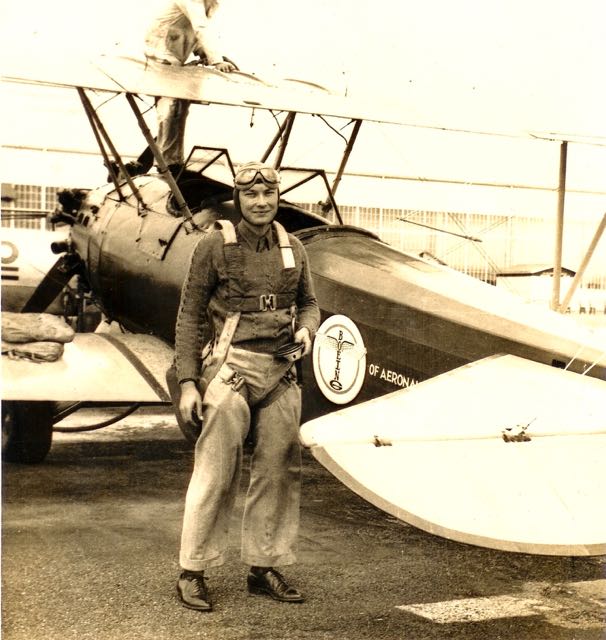 1936 student pilot Boeing School |
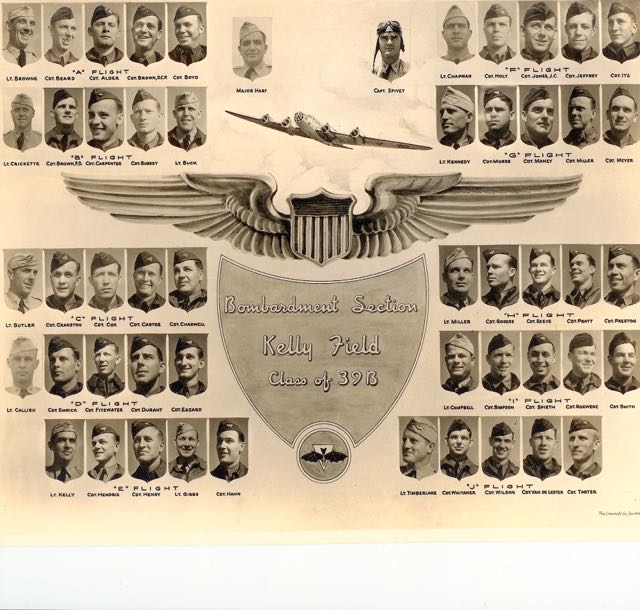 39B Flying School | |
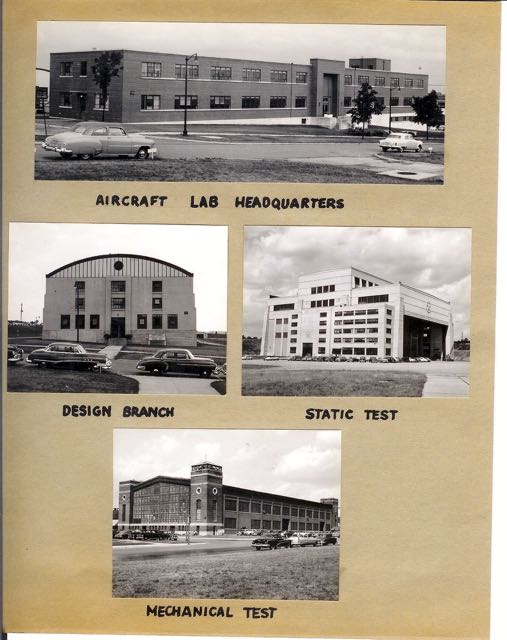 Wright Field Aircraft Lab 1950 |
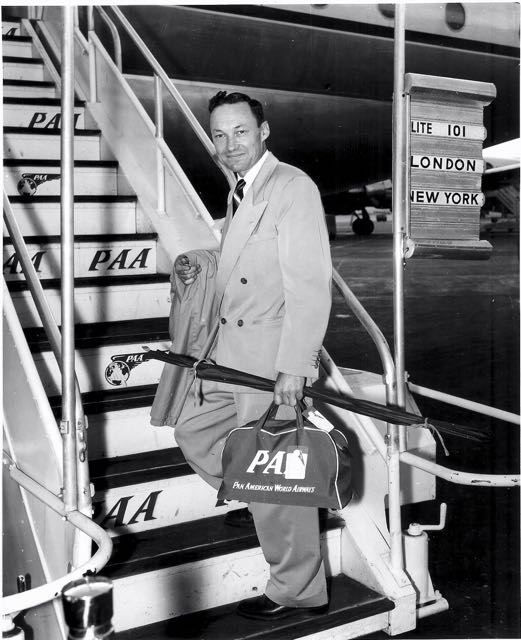 1956 Visit to Detachment A in Germany | |
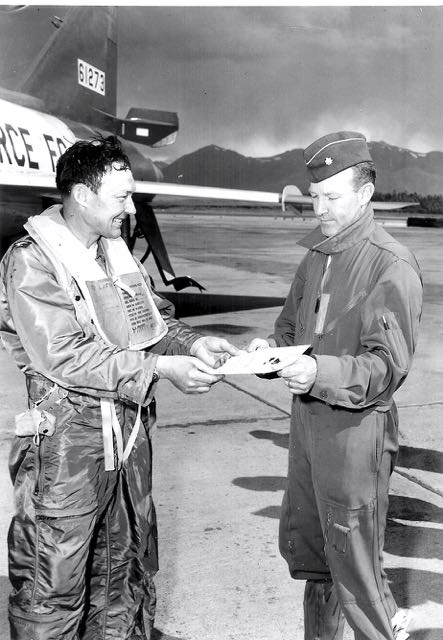 F-102 Elmendorf AFB 1960 |
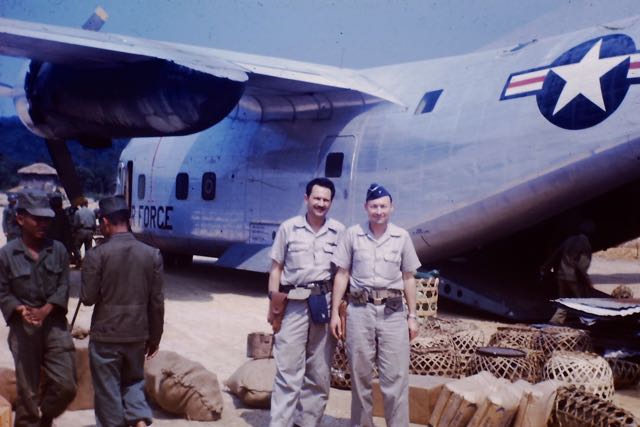 TDY to SEA with Col George Laven Vietnam 1962 | |
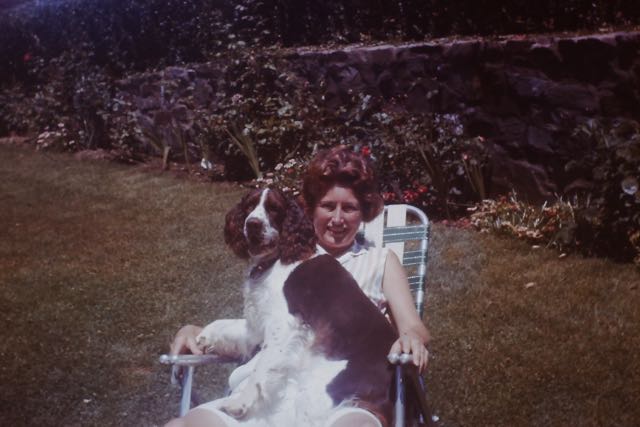 Doris and Duke Hamilton AFB 1964 |
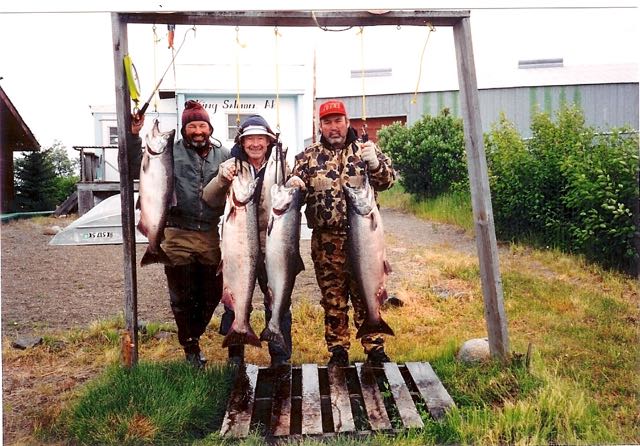 Fishing The Naknek 1994 |
 |
 |
 |